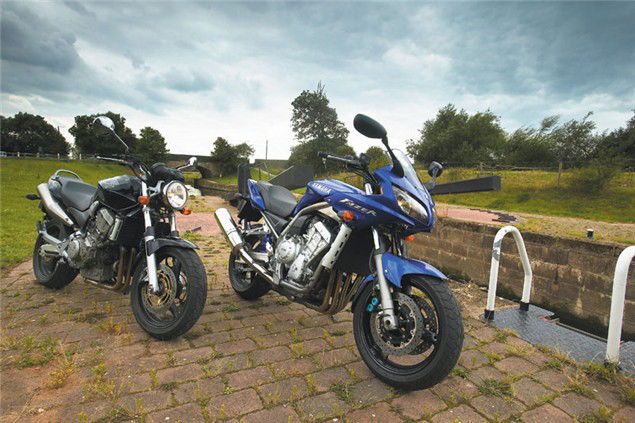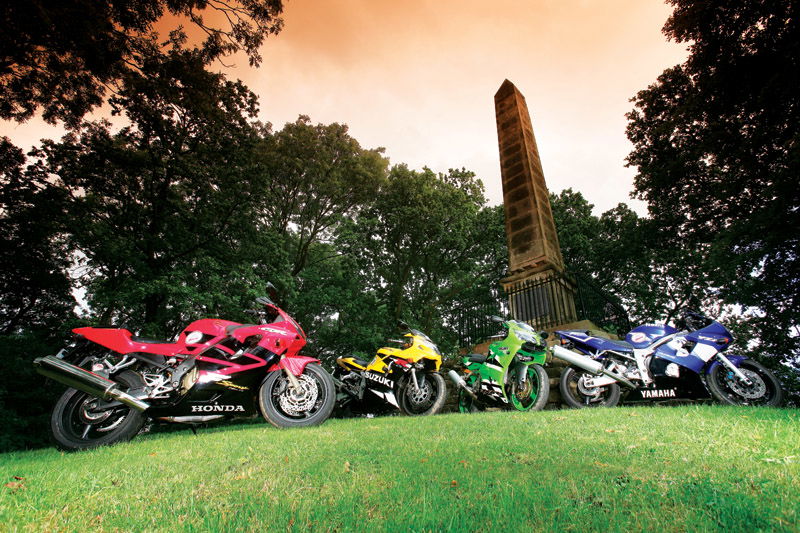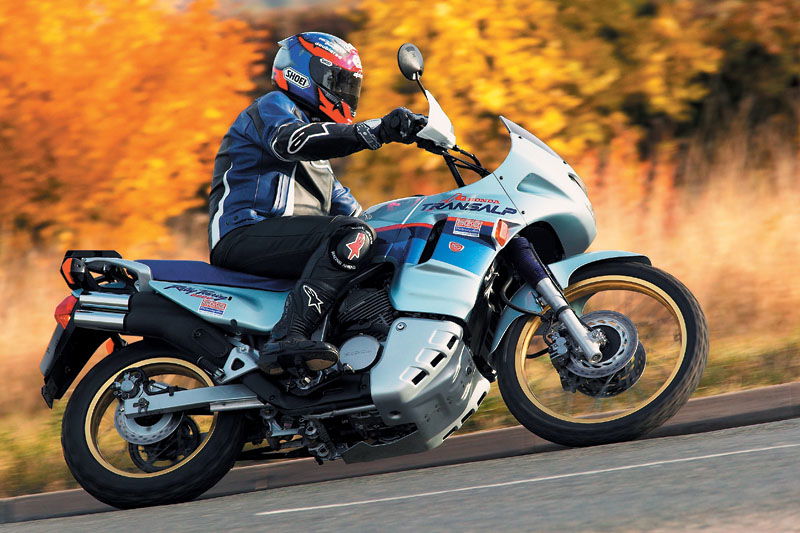Used nakeds: Yamaha Fazer 1000 (2001) V Honda Hornet 900 (2003)
Both these bikes are the product of 'modular engineering'. But do they represent a good BUY?


The business of making motorcycles is a very competitive and expensive operation. Planning, developing, testing, manufacturing, marketing and selling motorcycles costs a fortune. Making profits isn't easy.
The biggest manufacturers have the advantage of economies of scale. And the sheer number of bikes they sell gives them a better chance of a good return on the huge expenditure incurred in getting them to the showrooms. But whatever the size of the firm, if manufacturing costs can be reduced, then the more profitable the model stands to be.
And that simple economical philosophy is the reason behind the manufacture of the two bikes we've tested here - Yamaha's Fazer 1000 and Honda's Hornet 900. Both bikes use many parts common to other models previously offered in their ranges, significantly cutting the price of getting them to the market in the first place.
The Fazer and Hornet both use engines and running gear that have been used before - saving the Japanese firms significant sums of money. The cost of R&D of these major components has already been covered, so anything earned from the sales of bikes using these bits means more profit. It's called modular engineering and, in the case of these two bikes, it's a system that works very well.
We tried a couple of used examples of the pair to see if either Yamaha's or Honda's cost-cutting has resulted in reduced value to secondhand buyers or not.

